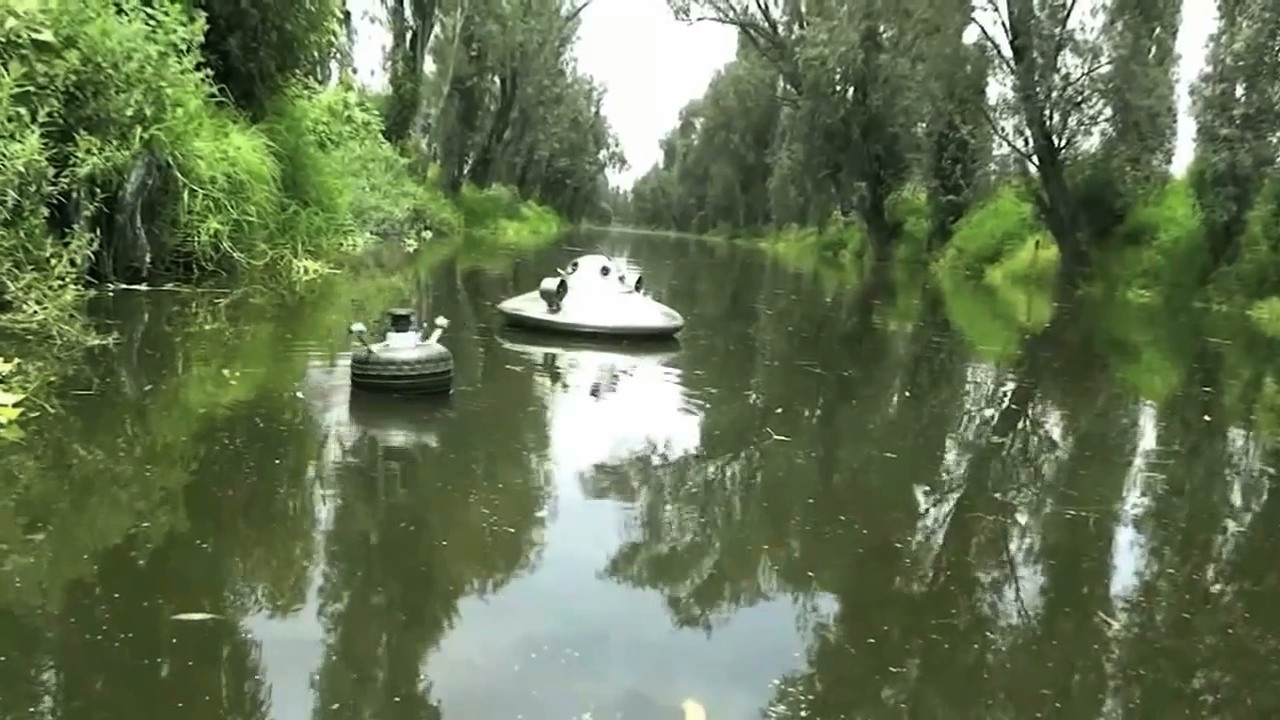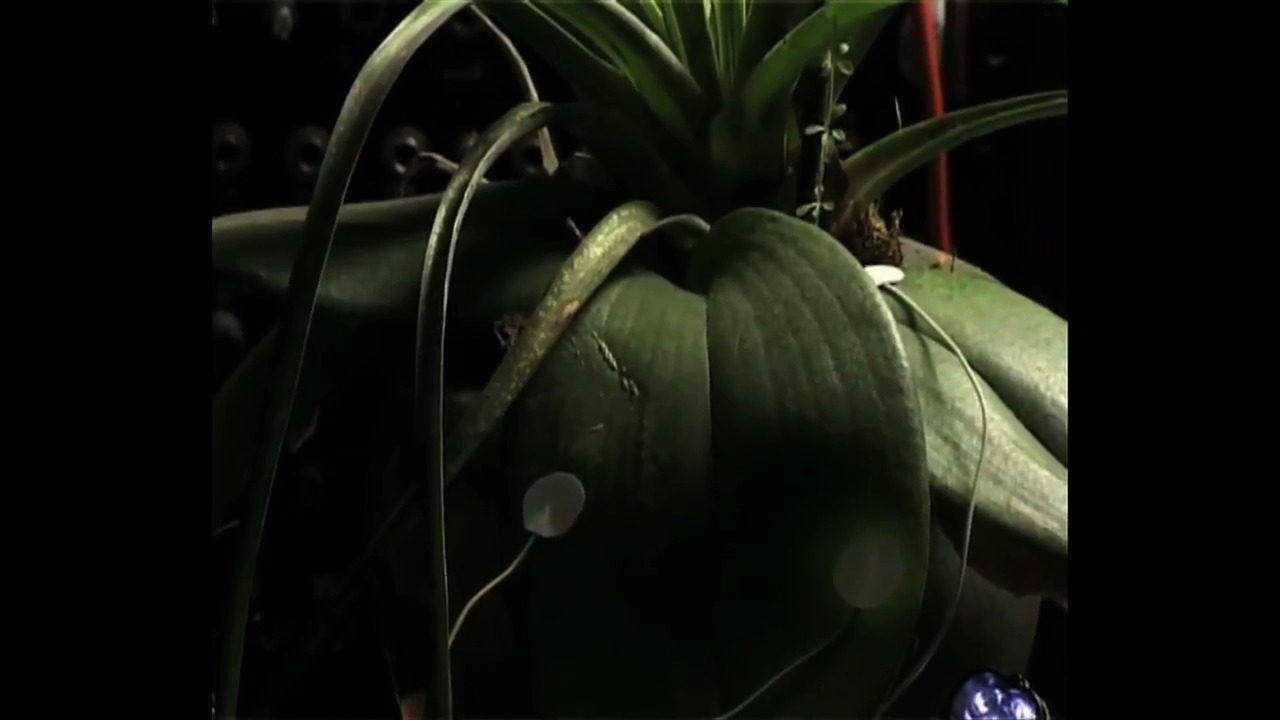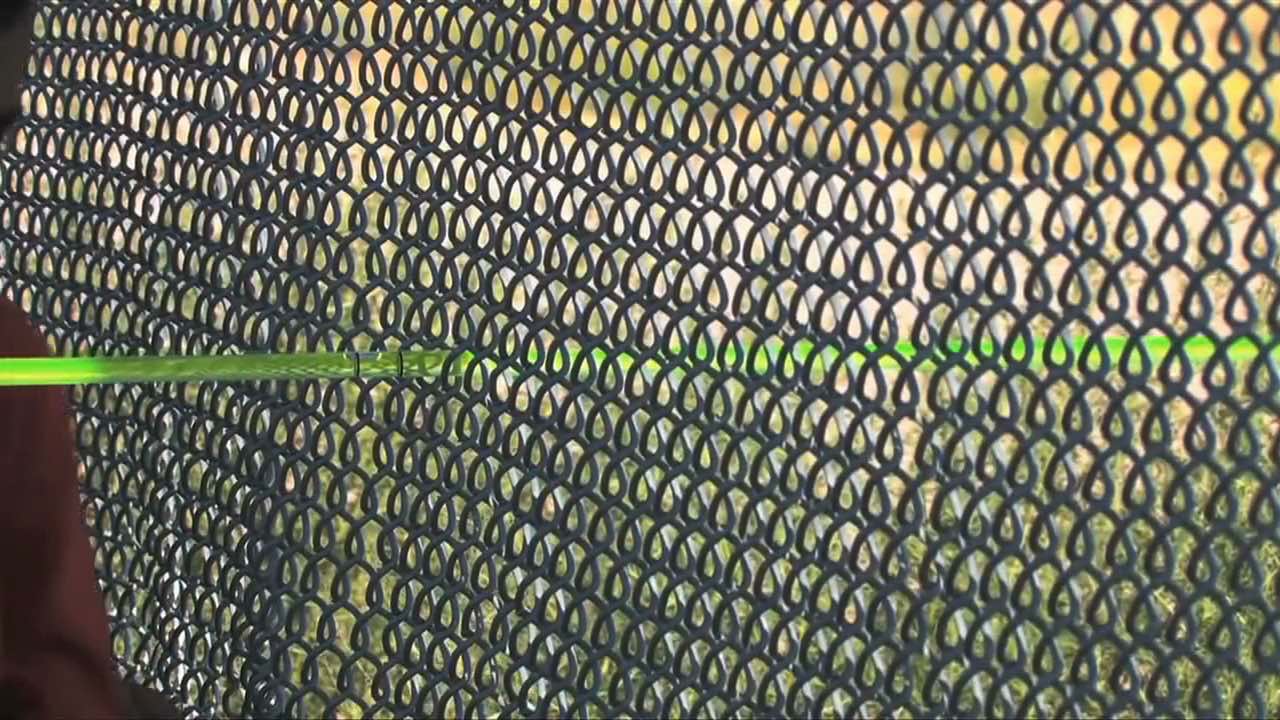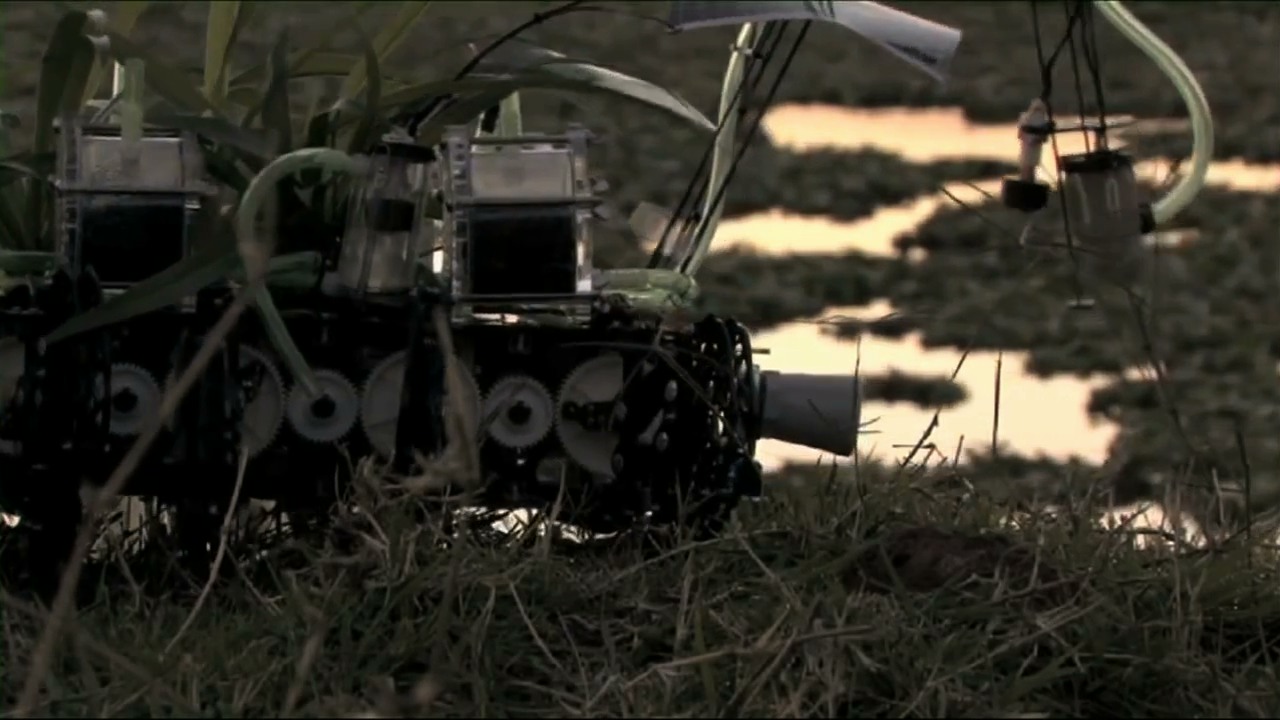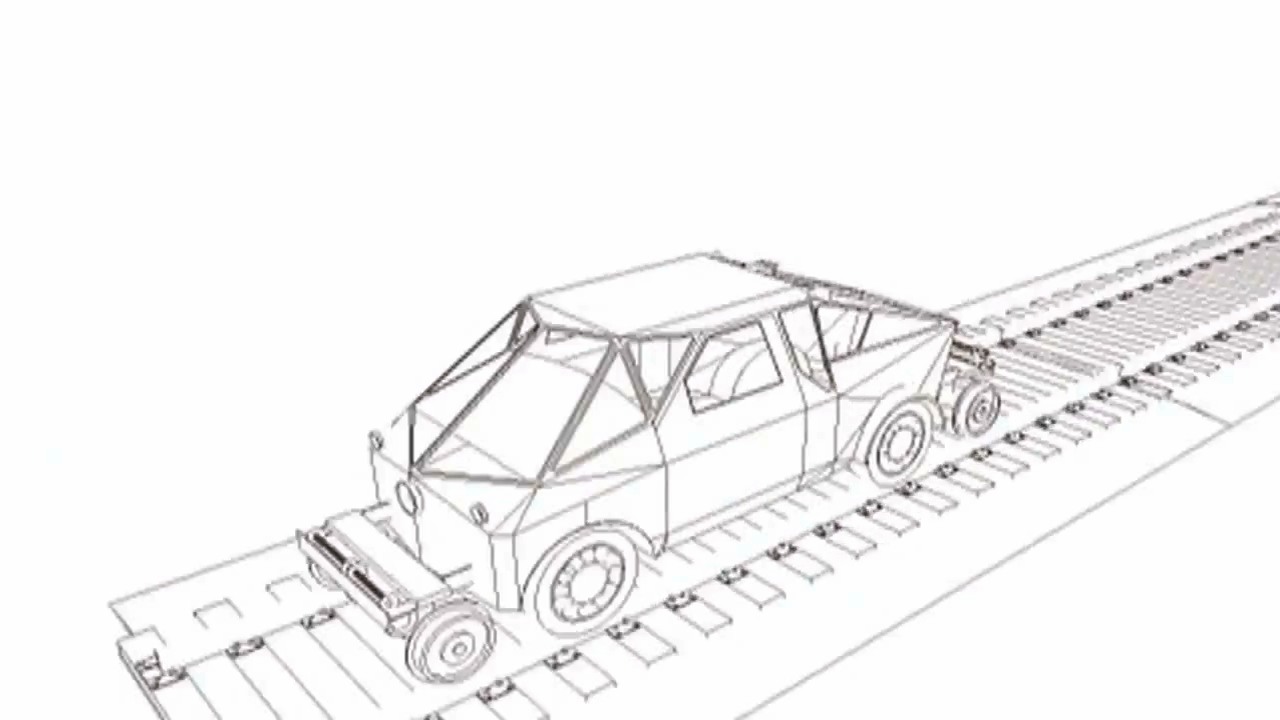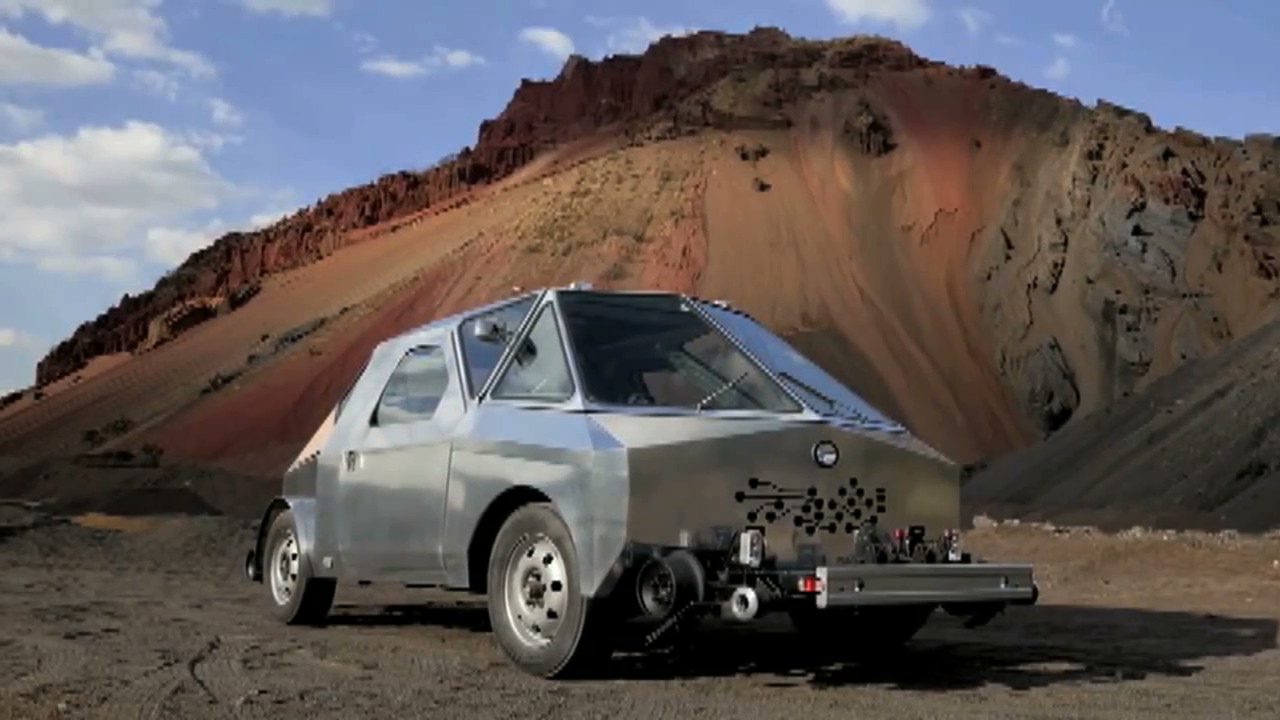Saturday April 8, 7:30 Doors/ 8 pm Screening
$8/ $5 members + students
@ CineCycle, 129 Spadina Avenue
Part of Winter 2017
Electronic art in Mexico has been at the vanguard investigating the relationship between art, science and technology. This program proposes a dialogue between artistic works that explore environmental issues. What happens when artists approach environmental issues using frames from anthropology, sociology, biology, genetics, etc.? New approaches will be examined through works like Exhaust by Marcela Armas, Sea Turtle Nesting & Hatching by Ximena Cuevas, and Nanodrizas by Arcangel Constantini. To further open the conversation other works by artists from South America and Canada will also be included.
Artists Hector Centeno and Brian Kent Gotro will be present for Q&A
Electronic art in Latin America has been at the vanguard investigating the relationship between art, science, and technology. This program proposes a dialogue between artistic works that explore environmental issues. What happens when artists approach environmental issues using frames from anthropology, sociology, biology, genetics, and other fields of scientific and artist inquiry?. Archive: Field Work, also explores performance, installation, sound explorations, electronics and/or VR to expand the definition of what we understand as experimental.
New approaches will be examined through works like Exhaust by Marcela Armas, Sea Turtle Nesting & Hatching by Ximena Cuevas, and Nanodrizas by Arcangel Constantini. To further open the conversation other works by Hector Centeno Mexican artist based in Canada, Mario Opazo from Colombia and Brian Kent Gotro from Canada are also included.
Artists Hector Centeno and Brian Kent Gotro will be present for Q&A
Program:
Solo de violín – Loop, Mario Opazo – Visual Artist / Faculty Professor Universidad Nacional de Colombia
HD Video – 17’
In the 70’s many political prisoners from Chile and Argentina were exiled to remote islands and they never returned. These islands have sorrowful and despairing names: Gulf of Pains, Last Hope Bay, The Island of Death, Peninsula of Disappointment. This video is part of series of performances using the violin played by the wind to remember and to search for the disappeared.
—————————————————————–
1. Toronto_08apr2017, Hector Centeno
Multichannel Sound Improvisation – 10’
Postmodern society is characterized by an increasing disconnect with our urban and natural spaces. The global homogenization efforts made by commercial interests and the emphasis on the utilitarian conceptualization of the world affect local culture, contributing to a thinning out of the relationships between society and their everyday inhabited places. I believe that artistic processes and works informed by the attentive exploration of a geographical location may contribute to the creation of an intuitive awareness about the nature of this disconnect.
This is a multichannel sound improvisation that utilizes spatial audio (ambisonic) field recordings that are processed in realtime with a computer system. The soundscapes, captured at a specific location in Toronto a few days prior to this live presentation, and the fresh intuitive insights acquired during the mindful perception of the place, are what guide the whole creative process. The result intends to invite the listeners to mindfully inhabit the resulting artificial soundscapes and their emerging virtual places.
—————————————————————–
2. Laúd Plasmath, Ariel Guzik
HD Video – 4′
Laúd Plasmath is a sophisticated instrument made of fine woods using traditional techniques. The Laúd is connected to a receptor that uses electromagnetic sensors to capture the signals emanating from plants. These signals are read as vibrations that are consequently translated into sounds and immediately fed back to the plants. “Nothing rests, everything moves, everything vibrates.”
—————————————————————–
3. Exhaust, Marcela Armas
HD Video – 5’56”
Exhaust explores the relationship of spending on fossil fuels with the dynamics of urban space and points out the waste as a structural element of contemporary society. A clear plastic container works as a reservoir of gas emanating from six cars at the foot of the sculpture. The mufflers of each car, as a connected reservoir, emulate a kind of support element on the bridge. This sculpture is located in Mexico City, Mexico.
—————————————————————–
4. Sea Turtle Nesting & Hatching, Ximena Cuevas
HD Video – 8’42”
Ximena Cuevas fights for and documents the nesting and hatching of an Olive Ridley Sea Turtle in the camp for the protection and conservation of sea turtles in Buenavista, Guerrero. Mexico.
—————————————————————–
5. Plantas Nómadas, Gilberto Esparza
HD Video – 10’11”
The Nomadic plant itself is an ecosystem contained in a biotech robot made by plants and microorganisms living symbiotically in the body of a machine. This organism lives near rivers that are being contaminated by waste from the city: the robot moves to find water waste and process it to transform nutrients into energy, fulfilling in this way, its life cycles.
—————————————————————–
6. Espejo Plasmath, Ariel Guzik
HD Video – 4’03”
A machine capable of reading and transforming vibrations that are imperceptible to human ears: brain waves, the sunlight and the growth of plants.
—————————————————————–
7. SEFT1 Abandoned Railways Exploration Probe: Modern Ruins, Ivan Puig
HD Video – 3′
It proposes the exploration of disused railway lines as a starting point for reflection and research, its historical importance, its social implications, circumstances and current contexts. It addresses issues related to space, knowledge, movement, experience, memory and obsolescence.
—————————————————————–
8. Secret Formula/ Tianguis, Ivan Puig
HD Video – 6’12”
An investigation of the relationship between neoliberalism, the body, and energy. It compares what Fossil Fuels are to Industry with what food is to the body (in this case soft drinks). This is the first attempt to convert soft drinks into water. The distillation took place in San Miguel de Allende, Mexico, where the water was offered to people passing by.
—————————————————————–
9. Nanodrizas, Arcangel Constantini
HD Video – 5′
‘Tactical eco-tech’. Nanodrizas addresses immediate local environmental concerns utilizing multiple wireless networked devices: in this case floating devices, which collect and send data about water pollution and respond to the conditions with both chemical interventions and acoustic expressions. The Nanodrizas are autonomous floating devices which monitor pollutants in real time, generate sound, send information to centralized data interpretation and visualization systems via wireless communications and also act to disperse bacterial and enzyme remedies in situ. The work thus moves beyond other environmental tactical media interventions by making an attempt to be actively therapeutic. The work will also function to alert and sensitize people to the situations via, in the first location, the sound emissions of the Nanodrizas and in the second location, via displays in exhibition centers and online.
—————————————————————–
10. Cross Coordinates, Ivan Abreu
HD Video – 5”
Designed as a gaming device and inspired by the bubble level, Cross Coordinates aims to activate collaborations, which places players at the same game level. This situation makes it so that both sides either win or lose -here the balance always takes two- and the only way is to cooperate. Cross Coordinates was played in three situations: 1.) The physical line that divides Mexico and the United States, placing players on each side of the international border. 2.) Public spaces of the cities of Juarez and El Paso, and 3.) Public figures who because of their roles, represent different sides sometimes in tension.
—————————————————————–
11. Artist At Work, Brian Kent Gotro
HD Video – 6’47” stereo
Recorded in Lunenburg, Nova Scotia/Toronto, Ontario
Cameras: B. Gotro/P. Wong
Here a central figure dances in rhythm to his cell-phone recordings in a quaint seaside landscape. Popping on and off screen is picture in picture video play that presents two distinctly different responses to a ‘place’.
Recorded in Lunenburg, Nova Scotia this place is a well-known part of the Eastern Canadian seascape and is a protected world UNESCO site (1). Because of this, development of the waterfront is either slowed and or non-existent. Here ‘waterfront’ still means water meeting beach and not privatized beachfront property; as such responses to this place are informed by ones unfettered access to it.
Artist At Work is one such response to this access… presenting two distinct viewpoints it asks the viewer to consider their relationship to public/private spaces, to picturesque landscapes and to our increasingly fragile relationship with mother earth.
